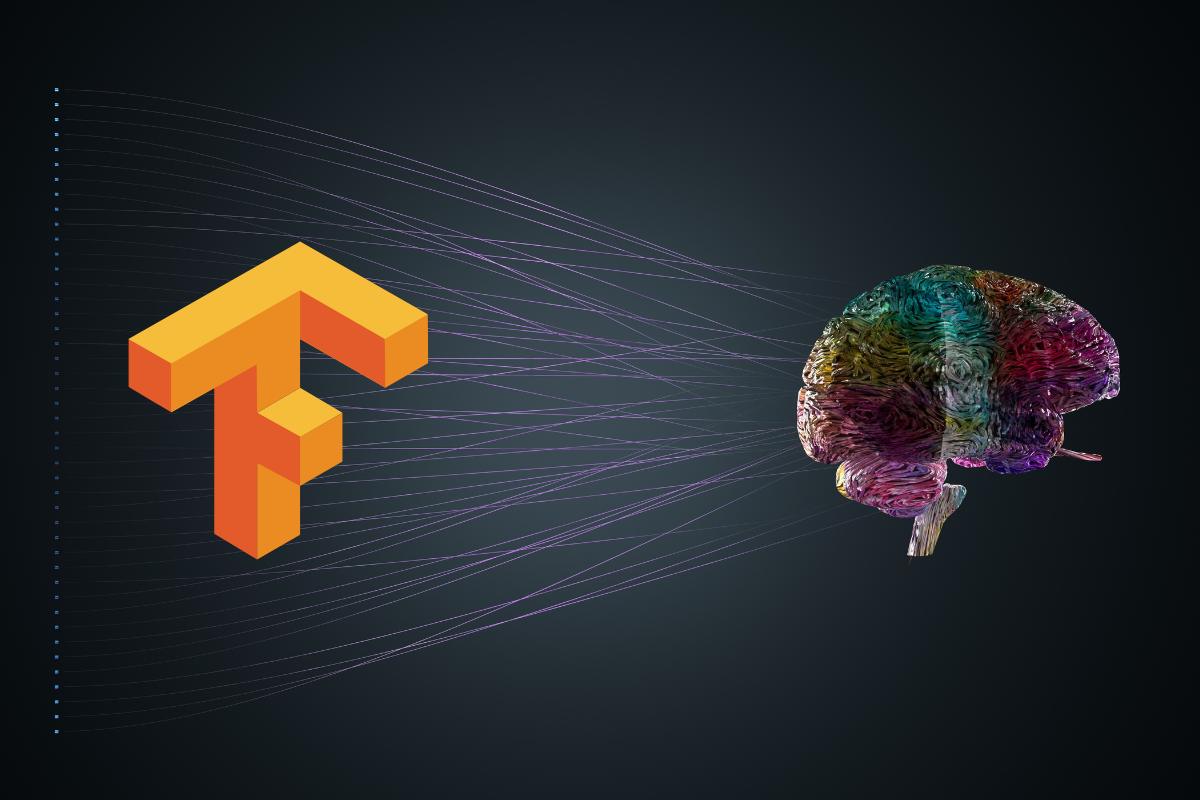Introduction
As machine learning algorithms become more complex, it is essential to have tools that can optimize their performance. One such tool is the TensorFlow Keras Optimizer. The Optimizer is a powerful tool that can help improve the accuracy and speed of your machine learning algorithms. This guide will provide an in-depth understanding of what the TensorFlow Keras Optimizer is, how it works, and how it can help you improve your machine learning algorithms.
What is TensorFlow Keras Optimizer?
The TensorFlow Keras Optimizer is a tool that optimizes the performance of machine learning algorithms. It is a built-in optimizer in the TensorFlow library that is used in Keras, which is a popular deep learning framework. The Optimizer is responsible for updating the parameters of your machine learning algorithm to improve its performance.
Understanding Optimization
To understand the role of the TensorFlow Keras Optimizer in optimization, we must first understand what optimization is. In machine learning, optimization refers to the process of finding the best parameters for your model. These parameters are found by minimizing the loss function of your model. The loss function is a measure of how well your model is performing. The TensorFlow Keras Optimizer helps to minimize the loss function and find the best parameters for your model.
Types of Optimizers
There are several types of optimizers available in the TensorFlow Keras Optimizer. Each optimizer has its unique approach to minimizing the loss function. Some of the most popular optimizers are:
Stochastic Gradient Descent (SGD)
SGD is one of the most popular optimizers used in machine learning. It is a basic optimization algorithm that updates the parameters of your model by taking small steps in the direction of the negative gradient of the loss function.
Adaptive Moment Estimation (Adam)
Adam is an optimizer that adapts the learning rate based on the gradient of the loss function. It is a powerful optimizer that can converge faster than other optimizers.
Root Mean Square Propagation (RMSprop)
RMSprop is an optimizer that uses a moving average of the squared gradient to adjust the learning rate. This optimizer is suitable for dealing with sparse data.
Using the TensorFlow Keras Optimizer
To use the TensorFlow Keras Optimizer, you must first create a model using the Keras library. Once you have created your model, you can choose an optimizer and specify its parameters. You can then compile your model, which will prepare it for training. During training, the optimizer will adjust the parameters of your model to minimize the loss function.
Conclusion
The TensorFlow Keras Optimizer is a powerful tool that can help you optimize the performance of your machine learning algorithms. By understanding the different types of optimizers and how they work, you can choose the best optimizer for your specific use case. With the TensorFlow Keras Optimizer, you can improve the accuracy and speed of your machine learning algorithms.






Leave a Reply